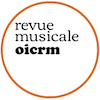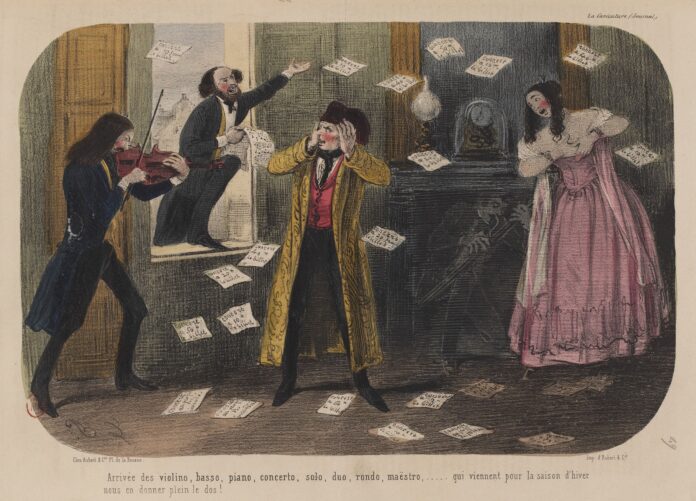Appel de conférences pour le colloque « The Early Romantic Solo Concerto », Lovere (BG), Biblioteca Centro Studi Opera Omnia Luigi Boccherini, 17-19 octobre 2025.
« The period from the mid-eighteenth to the early-nineteenth century was full of fundamental changes in European life. The composer, no longer bound to the service of a court or a patron, sought to be fully integrated into the music market. The market for printed music and the evolution of musical instruments transformed both the role of the composer and the image of the performing musician to a considerable extent. Music went from being an amusement for the upper class to becoming an entertainment of the middle class, who advocated music that favoured participatory experience and thus created a social role for music that was different from that employed by the aristocracy. Composers responded to the needs of the middle class by creating a musical style that better suited the musical ideals of the bourgeoisie itself (see Sumner Lott 2010). In this regard, the phenomenon of virtuosity that developed in this period perfectly met the needs of a bourgeoisie that believed that life could be manageable and modifiable and that this was not already predetermined and decided. In the midst of this industrial and social transformation, the virtuoso, and consequently the solo concerto, became a pivotal and decisive feature of musical culture of the first half of the nineteenth century, being an ideal genre for expressing the ambitions of early Romanticism by exploiting the possibilities inherent in the juxtaposition of solo and orchestral forces. The concerto as a genre became the centrepiece of public concerts more than ever before: it created profit for the composer, gave fame to the performer, and appealed to the listener’s taste. In this context, the production of solo concertos between the last decade of the eighteenth century and the first thirty years of then nineteenth century was substantial both in number and in the instruments for which they were composed. »
Date limite de soumission : 23 mars 2025.
Pour plus de détails : cliquez ici.

